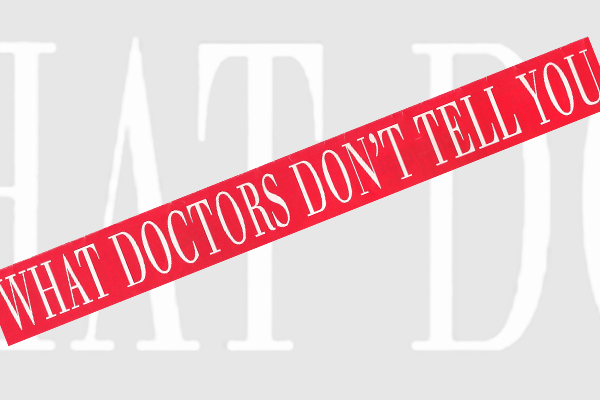Natural Ways to Prevent Back Pain

An amazing four out of five adults will experience significant low-back pain at some time during their life. The most common reason, say experts, is work-related back injuries, but activities at home and at play can also result in back pain. Here are some simple, effective ways to keep the strain from turning into pain.
Increase flexibility . . . Exercises like yoga are particularly good for keeping the spine flexible and less prone to injury.
. . . then work on strength. Back-pain sufferers often have weak, poorly functioning back muscles. Regular aerobic activities that don’t strain or jolt can increase strength and endurance in your lower back, allowing your muscles to work better. Good choices include walking, swimming and bicycling.
Stay active. Low back pain and spinal-disc degeneration are more likely to develop among sedentary people than those who are physically active (Spine, 1995; 20: 2101-7).
Good posture. It can take years (or even decades) for pain, stiffness and other symptoms to develop in response to poor posture. But don’t wait for the pain to start. When standing, keep a neutral (level) pelvic position. Try alternately placing one foot on a low footstool to take some of the load off. When sitting, keep your knees and hips level, and choose a chair with good lower-back support, or place a pillow or rolled towel in the small of your back to maintain a normal curve.
Acupuncture is an important complement to conventional orthopaedic treatments for chronic low-back pain (Pain, 2002; 99: 579-87). Regular treatments may also prevent relapses of back problems.
Visit a chiropractor or osteopath. Back pain can sometimes be the result of simple structural problems.
Lift smart. Push rather than pull when you must move heavy objects. If you have to lift, let your legs do the work. Hold the load close to your body, keep your back straight and bend only at the knees. Avoid lifting and twisting simultaneously.
Sleep smart. Old saggy mattresses can make pain worse – and so can overly firm ones. Recent evidence suggests that sleeping on a medium-firm mattress can improve low-back pain, and result in less daytime pain and disability, and cut down the use of painkilling drugs (Lancet, 2003; 362: 1599-604). Use pillows for support, but don’t use a pillow that forces your neck up at a severe angle.
Wear flat shoes, or shoes with low heels (one inch or lower).
Quit smoking, as it is associated with more low-back pain and a higher risk (18 per cent) of disc degeneration (Spine, 1991; 16: 1015-21). Smoking leads to malnutrition of the spinal discs which, in turn, makes them more vulnerable to mechanical stress (Wien Klin Wochenschr, 1992; 104: 626-30).
Take supplements. A combination of vitamins B1, B6 and B12 has proved useful for preventing a relapse of back pain linked to vertebral problems (Ann NY Acad Sci, 1990; 585: 54-62) as well as reducing the amount of anti-inflammatory medications needed to control pain (Klin Wochenschr, 1990; 68: 107-15). Around 50-100 mg each of vitamins B1 and B6, and 250-500 mcg of vitamin B12, three times daily, are considered therapeutic.
Proteolytic enzymes – such as bromelain, papain, trypsin and chymotrypsin – may help heal minor injuries because they are anti-inflammatory and capable of being absorbed from the gastrointestinal tract. Several small trials have shown that both bromelain (Fortschr Med, 1995; 113: 303-6) and papain (Appl Ther, 1964; 6: 647-52) can help reduce pain and swelling, and promote faster healing, in people suffering from a variety of conditions, including back strain.
- This article first appeared in the March 2004 (volume 14 number 12) edition of What Doctor’s Don’t Tell You












